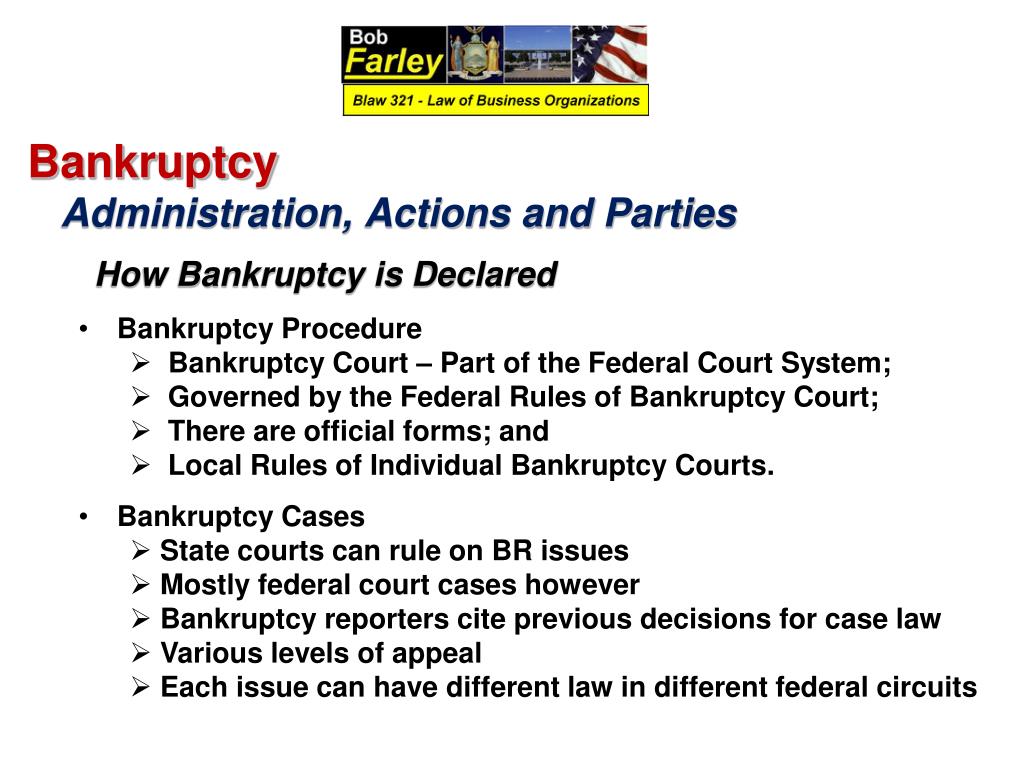

In the absence of a uniform provision, the courts have applied various rules to determine which jurisdictions fraudulent transfer law should apply in any given case. Choice of Law: Similarly, to date, there has been no codification or uniformity in the choice of law applied to claims for fraudulent transfers.This revision was made, in part, to set the record straight and reject any argument that a heightened standard such as "clear and convincing evidence" (traditionally associated with fraud claims) would be required under the Act. Regardless of whether the party is asserting a claim or defense, the standard of proof is "preponderance of the evidence," which is typical in civil cases generally. It is now clear that a party making a claim or asserting a defense has the burden of proving those claims. Standards and Burdens of Proof: Until now, there has been no uniform rule with respect to the standards and burdens of proof under the Act.Under the UVTA, those assets and liabilities are no longer considered when determining a partnership’s solvency.

Previously, the assets and liabilities of each partner were considered when determining whether a partnership is insolvent. Second, the definition of insolvency with respect to partnerships was changed. First, debts that are subject to a bona fide dispute are no longer considered in the liability calculation. Two changes have been made to the concept of insolvency under Section 2 of the Act. Generally speaking, a debtor is insolvent if its liabilities exceed its assets.

To date, the UVTA has been enacted in eight jurisdictions (California, Georgia, Idaho, Kentucky, Minnesota, New Mexico, North Carolina and North Dakota) and has been proposed in four more (Colorado, Indiana, Massachusetts and Nevada). Despite the renaming of the Act, the amendments are relatively modest and are intended to create uniformity and predictability in certain areas of fraudulent transfer law that have otherwise become unwieldy due to various jurisdictional interpretations of the uniform law. In 2014, the Uniform Law Commission presented amendments to the UFTA which renamed the act the Uniform Voidable Transactions Act (the UVTA or the Act).

A vast majority of the states have enacted some version of the UFTA. 1 Pennsylvania adopted the UFCA in 1921 and the UFTA 2 in 1993. In 1918, the principles of fraudulent transfer law were developed by the National Conference of Commissioners on Uniform State Laws into a uniform law called Uniform Fraudulent Conveyance Act (the UFCA), and in 1984 were revised and restyled as the Uniform Fraudulent Transfer Act (the UFTA). Elements of modern fraudulent transfer law can be traced to the 16th century Statute of XIII Elizabeth. Fraudulent transfer law governs a debtor's rights to transfer property vis-à-vis its creditors and provides a mechanism under which a transaction may be unwound if the debtor transfers its property or incurs obligations: (i) with the intent to hinder, delay or default its creditors or (ii) without reasonably equivalent value.


 0 kommentar(er)
0 kommentar(er)
